Throughout the practice, we have many different clients selling their milk to lots of different processors with varying degrees of milk consistency requirements. We’ve recently been trying to solve a problem on farm in regards to a milk quality factor, and I wanted to share the story in case it helps with any more of our producers.
A dairy client who milks using robotic milkers, was told by their milk buyer that their milk was failing the froth test and that they had a limited time frame to fix the issue otherwise they would no longer be able to collect their milk. After further discussions with the client, it became clear that the milk was going to a company that provided barista milk for coffee shops, and a milk that could generate a consistent and stable froth was needed to create cappuccinos and lattes. All other milk quality indicators (SCC, Butterfat, Milk Protein and Bactoscan) were within normal ranges.
I hadn’t heard of this milk quality test, and after discussions with other vets in the practice it became clear that this wasn’t a standard test. After multiple telephone calls to the veterinary labs, we normally used for milk quality issues it soon became clear that this was an extremely unusual case. Discussions with the client’s dairy further demonstrated the uniqueness of this case as they hadn’t experienced this problem before.
Eventually two articles were found from the University of Guelph. Failing the froth test indicates that the milk has a high level of free fatty acids that causes bubble instability within the foam. Normal milk has a free fatty acid level of <1.0mmol, this farms milk free fatty acid value was significantly raised at 4.13mmol.
Risk factors for elevated free fatty acids include:
Stale cows – stale cows produce large milk fat globules, which have a less stable membrane and are more likely to rupture and release free fatty acids.
Turbulent milk flow from the robot to the bulk tank which could rupture milk fat globules releasing free fatty acids.
Milk not being cooled quick enough, resulting in degradation of the fat globules.
Bacteria – psychrotrophic bacteria releasing enzymes that cause lipolysis leading to high free fatty acids.
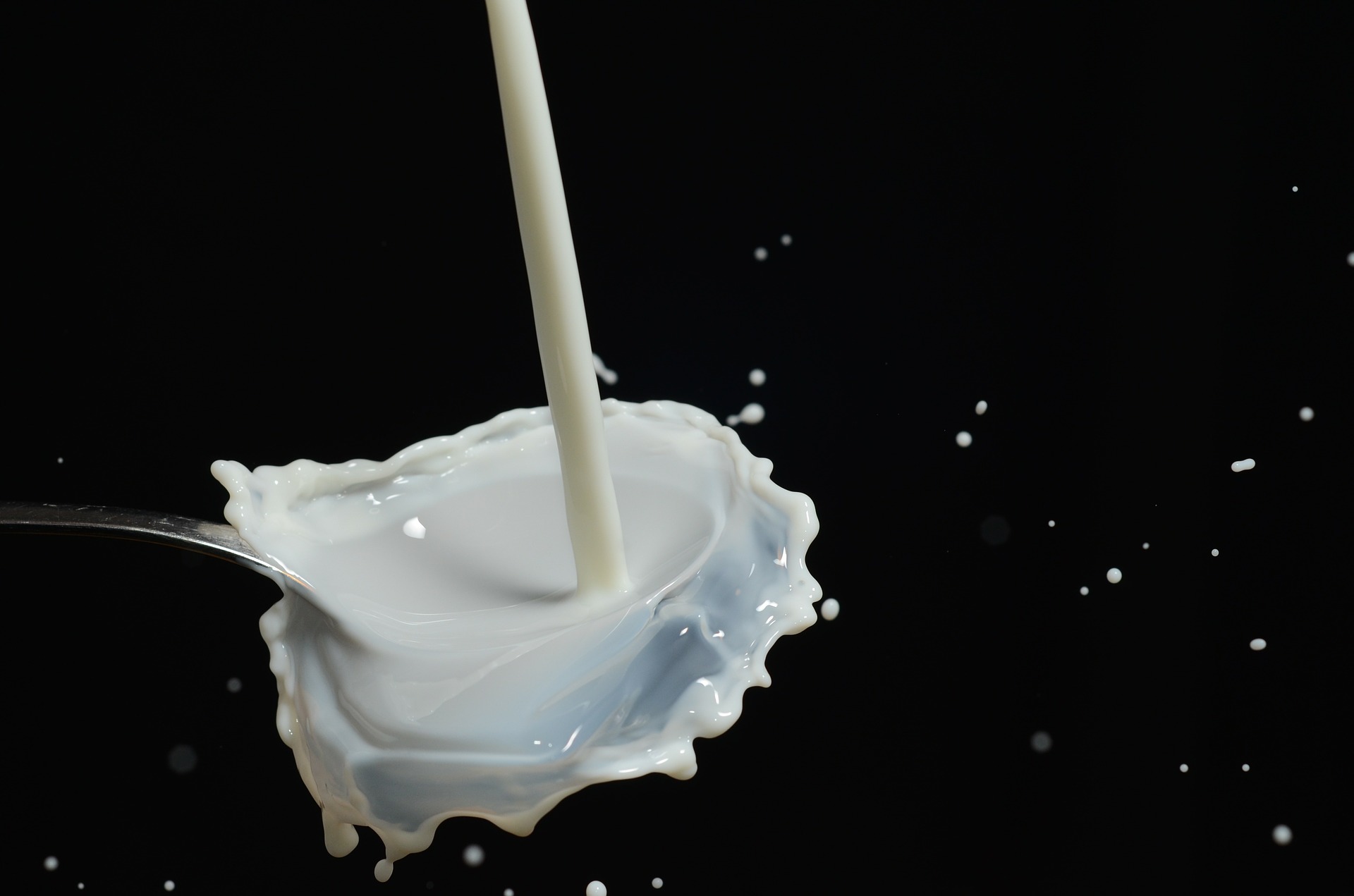
Diet
- Palm fats have a high saturated fat percentage, increasing free fatty acids and creating larger more unstable milk fat globules.
- Negative energy balance results in the cow releasing her bodies fat stores as non esterified fatty acids (NEFAs), which are broken down into free fatty acids.
- High oil content a risk
- High volatile fatty acid levels in silage
Discussions with the client revealed that several of these risk factors could have been the contributing to the elevated free fatty acid levels. Silage analysis showed that the volatile fatty acid levels in the silage were exceptionally high, so the diet was changed. The settings in the robot were altered so the cows were milked less frequently, along with a complete service of all consumables on the root to make sure there was no turbulent milk flow or, areas which could be harbouring bacteria. Milk was also held in the robot buffer tank until there was a larger volume to be pumped to the bulk tank, reducing the air:milk ratio and resulting in smoother milk flow.

On subsequent testing of the milk by the company selling the samples all passed the froth test, showing that one or all of the alterations made on the farm had a positive effect.
If you have any questions or are experiencing similar issues, please speak to your vet.

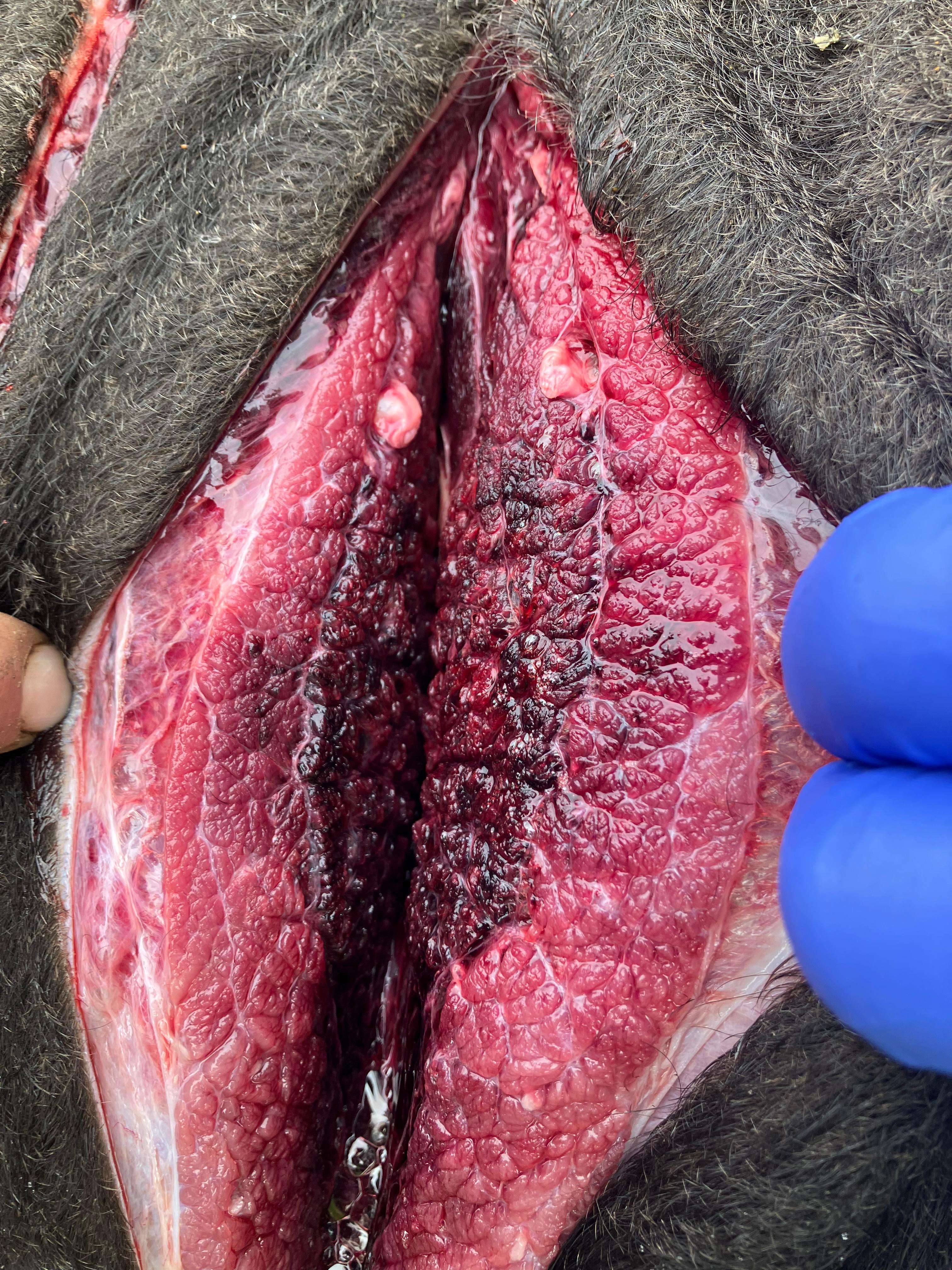

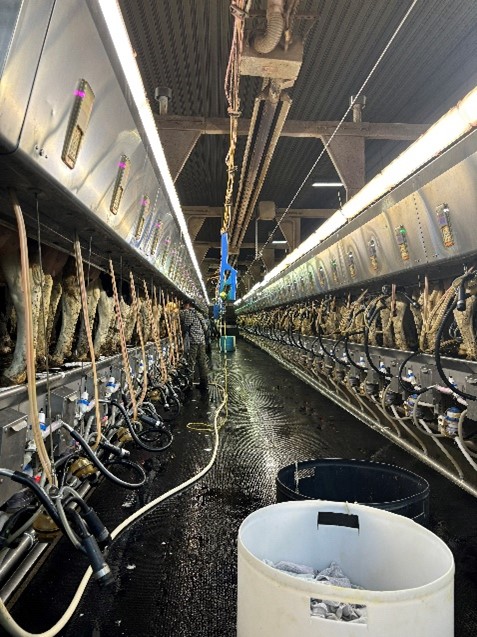
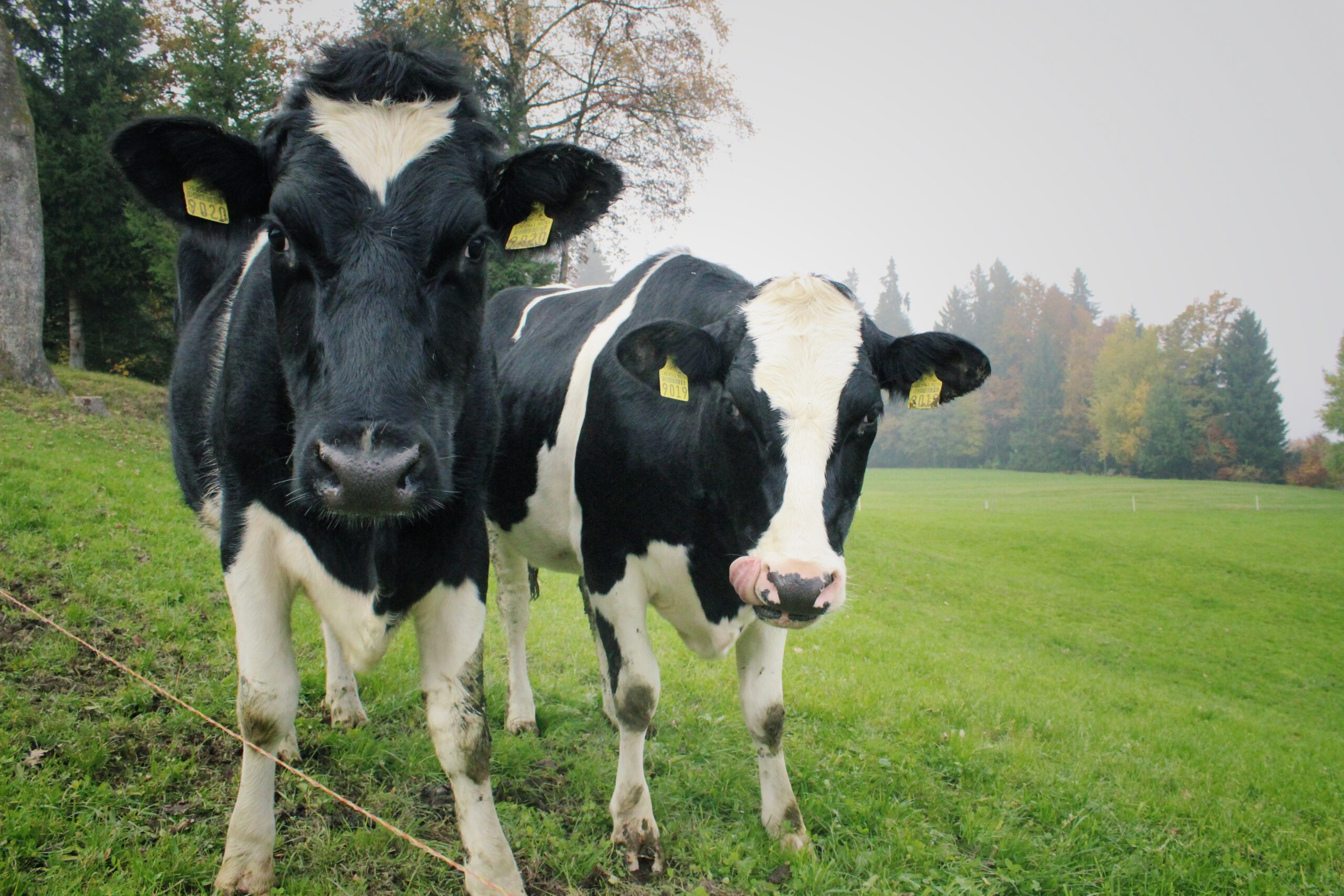
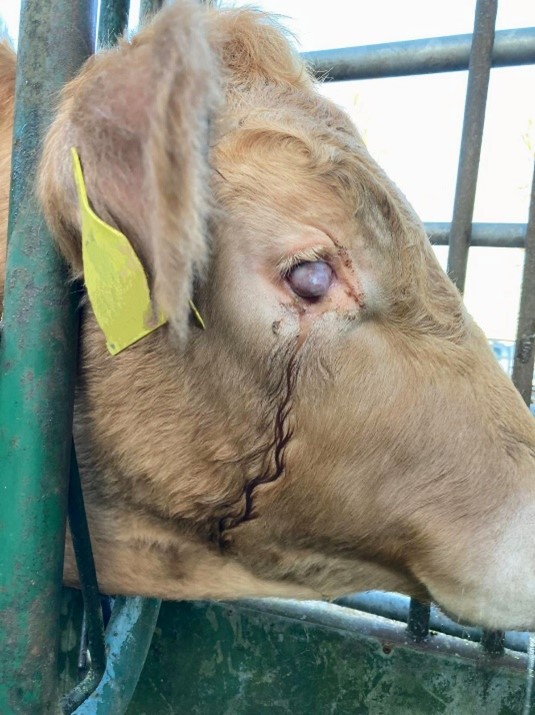

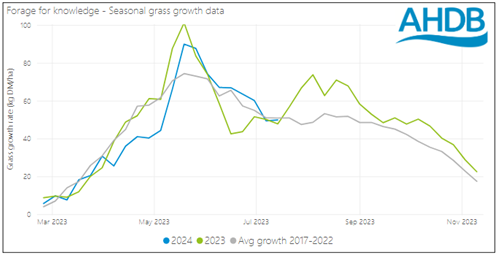
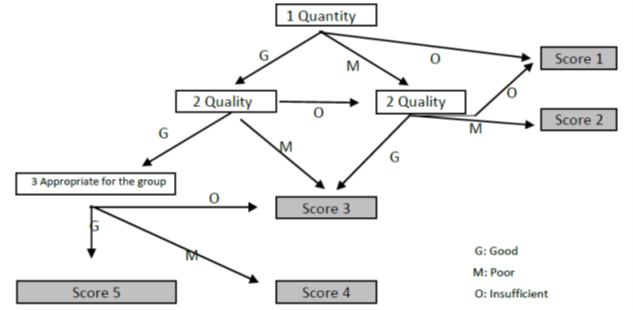

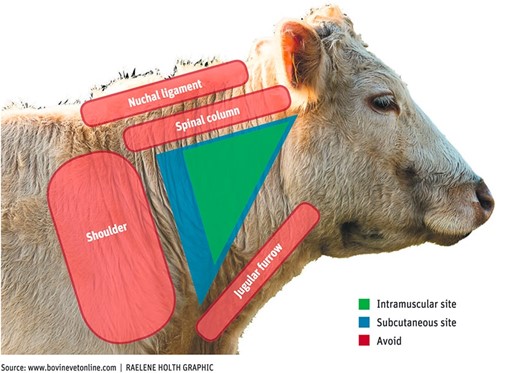
Leave A Comment